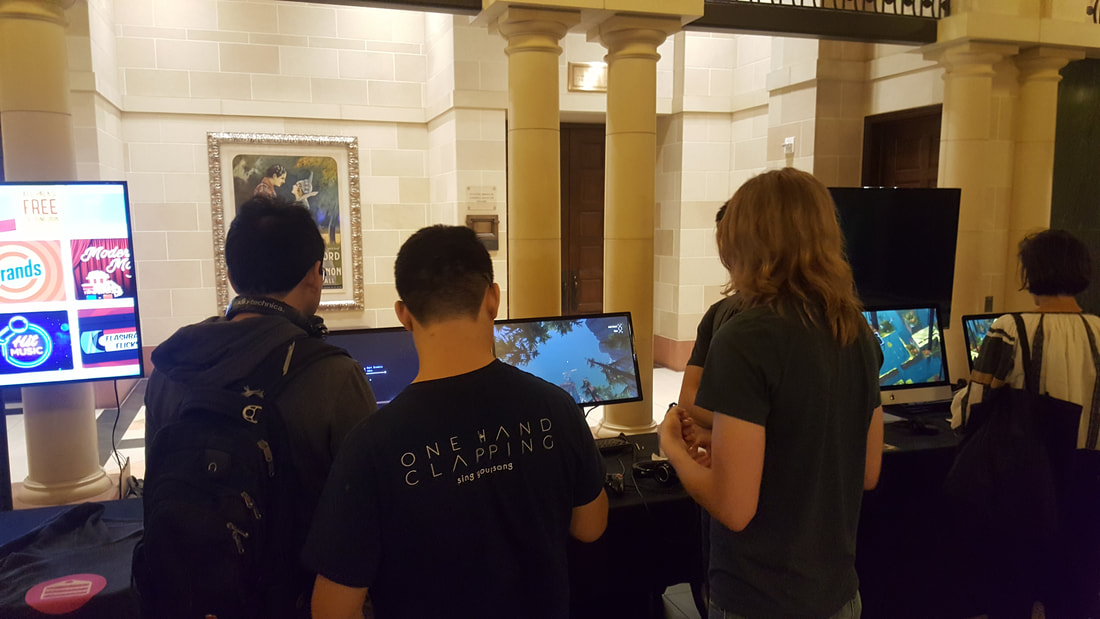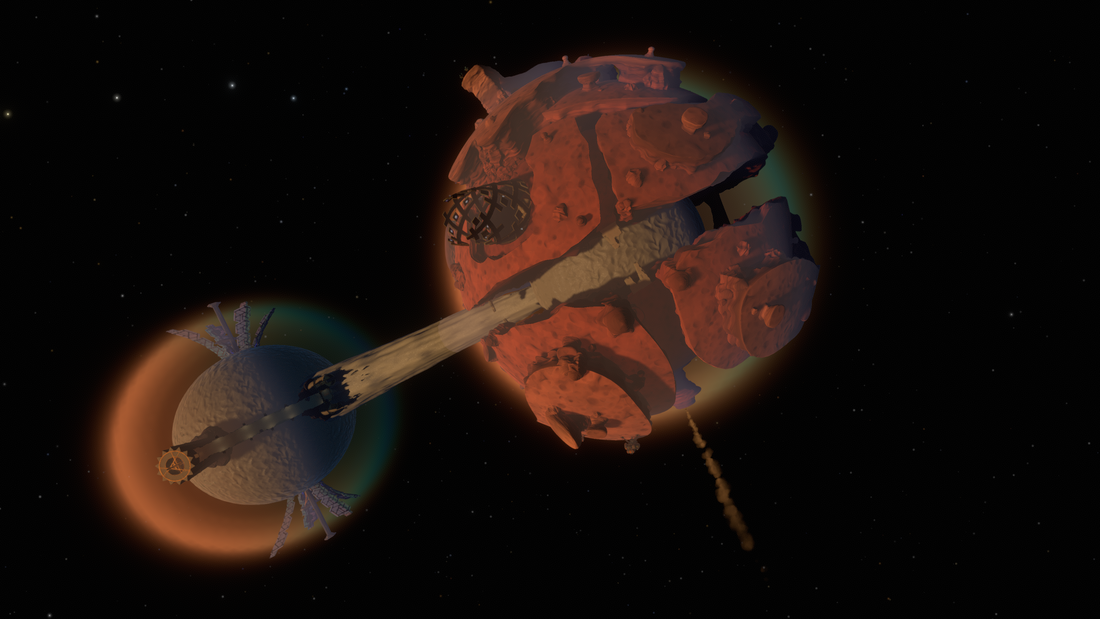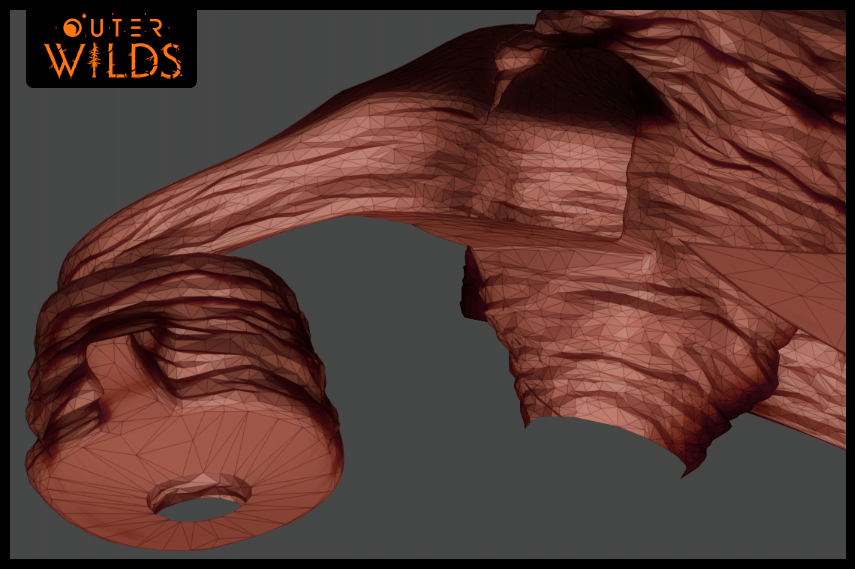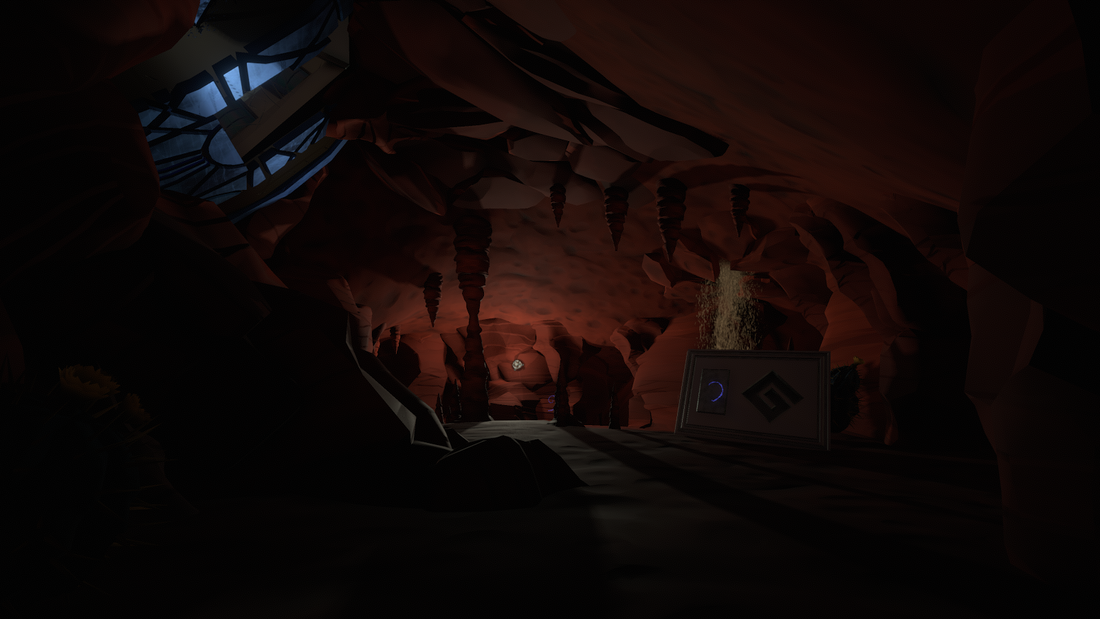|
Hello again everyone! We’re heading over to The Hourglass Twins today, but first some news. USC Games Expo Earlier this week we showed Outer Wilds at the USC Games Expo. Outer Wilds was first made as Alex Beachum’s thesis project at USC before it was picked up by Mobius. At the expo, many people who remembered the game from it’s USC days were shocked at how far it has come since then. And those who hadn’t seen it yet were impressed by the visuals. It was great being able to showcase Outer Wilds and we loved watching everyone explore the solar system. Tech Artist, Logan (right) showing off the game as USC Game Expo The Hourglass Twins |
Archives
January 2024
From the
Updates on our games, our process, and the joys of being Mobius Digital. Categories |








 RSS Feed
RSS Feed